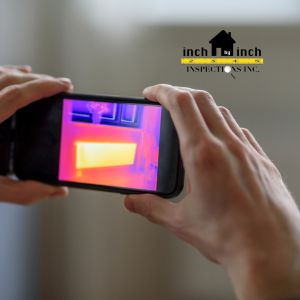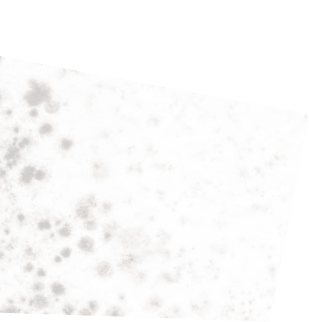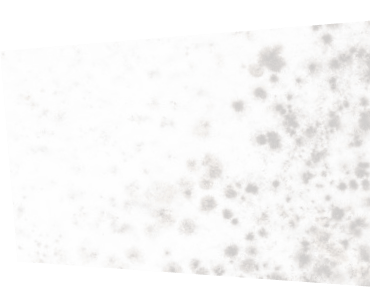When it comes to property maintenance, the building envelope is incredibly important. Experienced inspectors use infrared thermal inspections to assess the protective shelf consisting of walls, roofs, windows, and doors, shielding the interior from the elements. The building envelope is vital for maintaining structural integrity, energy efficiency, and the overall comfort of a building. However, over time, the building envelope can deteriorate due to various factors, including insulation issues, rainwater damage, moisture intrusion, asbestos, structural movement, ventilation problems, and more.
To ensure the longevity and functionality and to mitigate mold of your property, regular building inspections are essential. Read on to explore the importance of building envelope inspections and delve into why infrared thermal imaging with Inch By Inch Inspections is an invaluable tool, especially in scenarios such as mold remediation in Mississauga. If you identify problems and contaminants within your building envelope, trust Inch By Inch Inspections for guidance as well as remediation services.
Attic Insulation Issues
 Proper insulation is key to maintaining energy efficiency and a comfortable indoor environment. Infrared thermal inspection can identify insulation deficiencies by detecting temperature variations in the building envelope. Cold spots indicate potential areas of insulation failure, which can lead to energy wastage and uncomfortable drafts. Identifying and rectifying these issues can significantly reduce heating and cooling costs while enhancing occupant comfort.
Proper insulation is key to maintaining energy efficiency and a comfortable indoor environment. Infrared thermal inspection can identify insulation deficiencies by detecting temperature variations in the building envelope. Cold spots indicate potential areas of insulation failure, which can lead to energy wastage and uncomfortable drafts. Identifying and rectifying these issues can significantly reduce heating and cooling costs while enhancing occupant comfort.
Rainwater and Moisture Intrusion
Rainwater and moisture intrusion pose a significant threat to a building's structural integrity. Over time, these issues can lead to rot, mold growth, and even compromise the building's stability. Infrared thermal imaging helps detect hidden moisture within walls and ceilings by highlighting temperature differences. Early detection allows for timely repairs, preventing further damage and costly mold remediation in Mississauga or any other location.
Asbestos Identification
Asbestos, a hazardous material often used in older construction, can be present in building materials such as insulation, tiles, and pipes. When disturbed or deteriorating, asbestos poses serious health risks. Infrared thermal inspection can help identify potential asbestos-containing materials by detecting temperature anomalies, enabling safe removal and abatement procedures.
Structural Movement
Structural movement, whether caused by settling, foundation issues, or other factors, can jeopardize a building's stability. Thermal imaging can identify temperature variations that may indicate structural problems. Identifying these issues early on is crucial for implementing necessary repairs to prevent further damage and costly structural repairs.
Ventilation Problems
Inadequate ventilation can lead to indoor air quality issues, excessive humidity, and mold growth. Infrared thermal imaging can identify ventilation problems by highlighting areas with temperature variations, enabling property owners to address ventilation issues promptly and maintain a healthy indoor environment.
Electrical and Mechanical Concerns
Infrared thermal imaging is not limited to the building envelope alone; it can also be used to inspect electrical and mechanical systems. Overloaded circuits, faulty wiring, and malfunctioning equipment can generate excess heat, which thermal imaging can detect. Identifying these issues early can prevent electrical fires and equipment failures.
Building envelope inspections are a critical aspect of property maintenance and safety. Regular assessments of insulation, rainwater damage, moisture intrusion, asbestos, structural movement, ventilation, and more can help property owners address issues promptly, saving them from costly repairs and ensuring occupant comfort and safety.
Infrared Thermal Imaging with Inch By Inch
In scenarios like mold remediation in Mississauga, where moisture intrusion and hidden mold growth can be common challenges, the use of infrared thermal imaging becomes invaluable. Its ability to detect temperature anomalies associated with moisture allows for the early identification of problem areas, facilitating swift remediation and ensuring the safety and well-being of building occupants.
Incorporating infrared thermal imaging into building envelope inspections is a proactive and cost-effective approach to property maintenance, helping property owners safeguard their investments and create safe, comfortable, and energy-efficient spaces.




